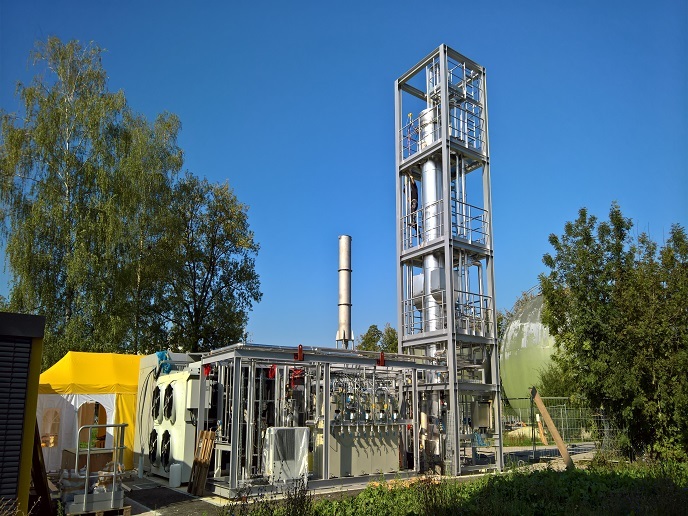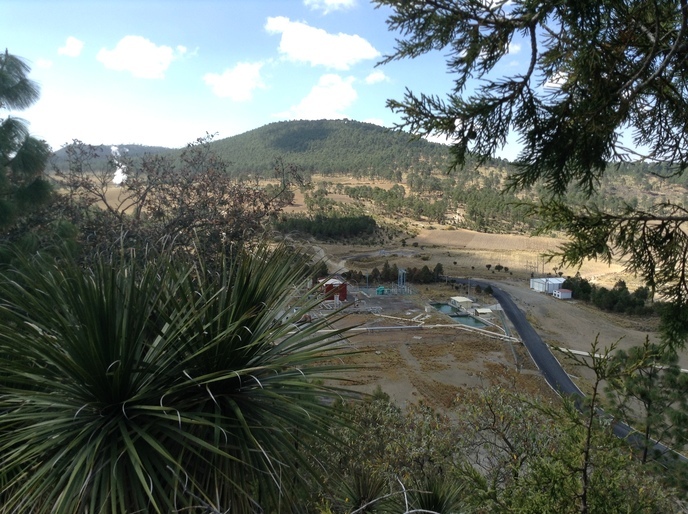Searching for new physics
Since the discovery of the Higgs boson in 2012, work on fully describing the particle believed to give mass to other elementary particles is underway. The possibility exists that there are extra Higgs bosons, contributing part of the mass to particles. With precision measurements from the Large Hadron Collider (LHC) at the European Organization for Nuclear Research (CERN) in Switzerland, EU-funded physicists sought to confirm or rule out this hypothesis. The project 'Tools for the Large Hadron Collider - From Lagrangian to the experimental analysis' (LHC-TOOLS-PHYS) brought together experimental and theoretical physicists to work on the two-Higgs-doublet model. They developed a new software code to analyse specific scenarios that can be suggested by the LHC experiments. SCANNERS help distinguish between different patterns of symmetry breaking. The standard model requires carriers of the electroweak force to have the same — symmetric — zero mass in order to allow unification of the electromagnetic and weak nuclear forces. Although able to describe the electroweak symmetry breaking with a scalar particle, the Higgs boson, the theory cannot explain the measured baryon asymmetry in the Universe nor the existence of dark matter. Against this backdrop, the LHC-TOOLS-PHYS team examined extensions to the scalar sector of the standard model. These minimal extensions provided a rich particle physics phenomenology with distinctive signatures that can be tested at LHC. If a second or even three Higgs bosons exist, the LHC might be able to produce them when it will start to operate at higher energies in 2015. In the top quark, LHC-TOOLS-PHYS scientists found an excellent probe for the mechanism of mass generation and it is possibly the preferred decay channel of new heavy particles. A huge number of top quarks are produced at LHC every year. METOP, a Monte Carlo event generator, was proposed to derive standard model predictions and compare them with the experimental data. Both software tools and the hypotheses explored within the LHC-TOOLS-PHYS project have been shared with the scientific community. In particular, the collaboration 'A Toroidal LHC Apparatus' (ATLAS) has accepted METOP as an official event generator. This is expected to contribute to the analysis of new data from LHC's next run at higher energies and confirm the standard model's extension into a more powerful theory.






